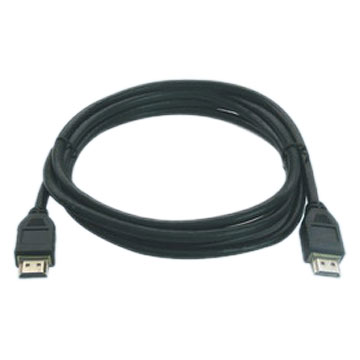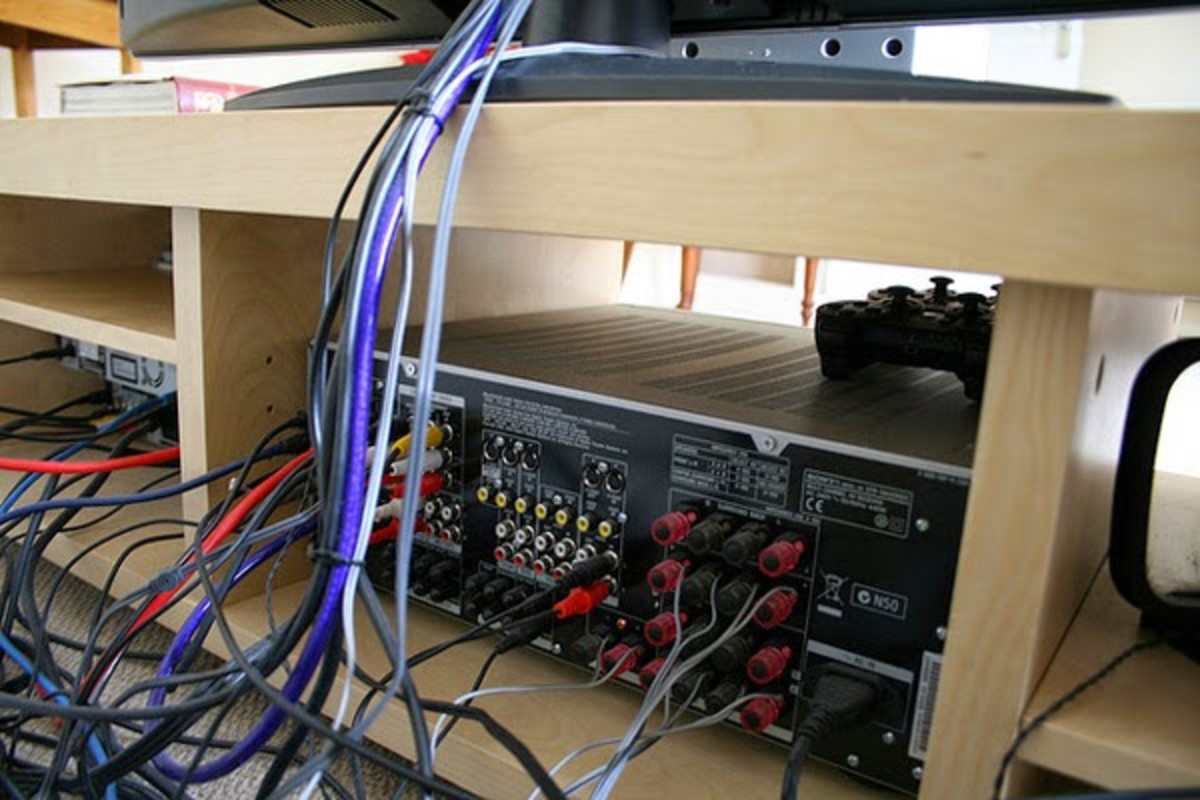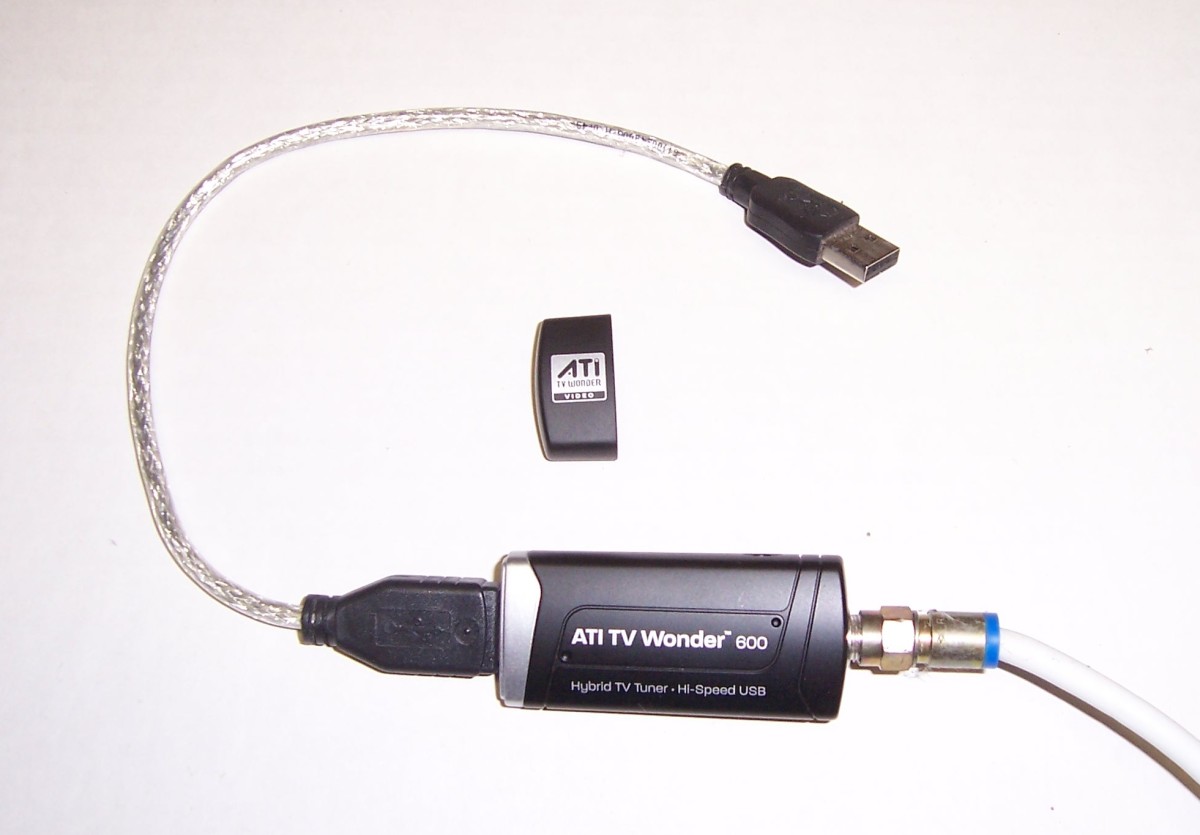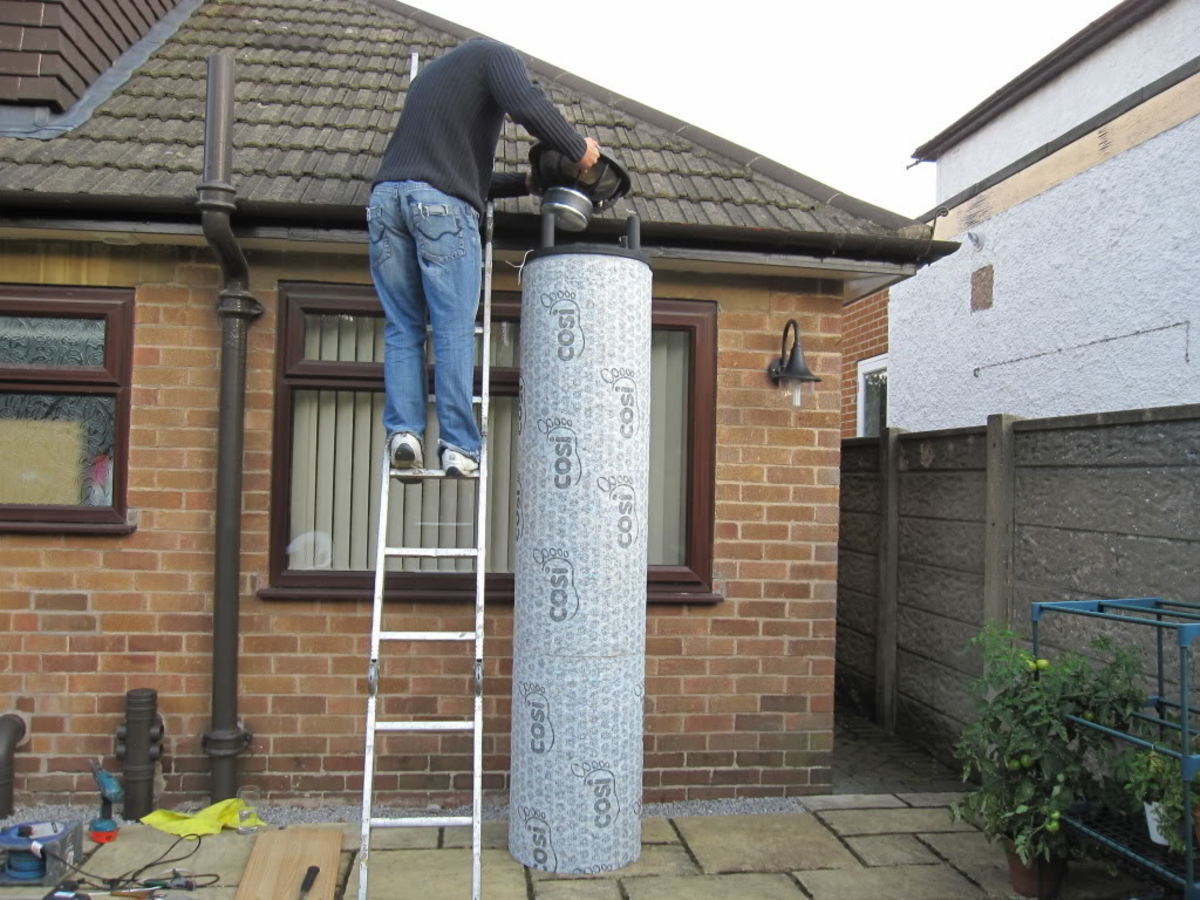How do HDMI Cables work? Your guide to HDMI Cable Ratings
HDMI Cables Undiscovered
High-Definition Multimedia Interface (HDMI) cable is used to connect high-definition audio and video equipment to each other or to attach equipment to a signal source. There are different ratings for HDMI cables. These ratings may or may not warrant the differences in price from as low as $5.00 for a six-foot cable up to $100.00 for the same length.
Many believe there is absolutely no difference in performance between the lower and higher priced HDMI cables. There are a few minor differences that are discussed here.

Cable Connectors
HDMI cables are manufactured to conform to different versions of the specification. Each version is given a number, such as 1.0, 1.2, or 1.3a. Each version uses the same type of cable, but increases the bandwidth or capabilities that can be transmitted through the cable. So each subsequent HDMI cable provides connections that are compatible with faster and better audio and video equipment. If you are not sure what rating your cable should have, contact an authorized dealer of your equipment.
The advantage of having heavy duty connectors that are found in the higher-priced HDMI cables is they last longer after repeated connects and disconnects. The only connector problems experienced with the lower-priced HDMI cable are these cables may be “dead on arrival” or not working out of the box. You will know this has happened as soon as you install the cable.
The lower-priced HDMI cable may not be HDMI certified. However, certification only applies to the manufacturer of the cable. Only one of the manufacturer’s products has to be certified and they can declare all of the products HDMI certified without further testing. So you may be using a cable that has not been officially certified.
Each HDMI certified cable requires a minimum gauge, so if your cable is certified, it should be safe to use. Manufacturers make a big deal out of gauge for marketing purposes. The important thing to check for is to make sure the cable’s diameter is large enough that a rodent can’t chew through it.
How much do your Cable Connections Cost?
How much did you pay for your HDMI Cables?
HDMI Cable Myths
A higher quality cable is a good choice if you need a cable more than 25 feet. If the cable is poorly made, the signal’s weakness becomes greater over distance. High-quality HDMI cables contain boosters that allow a better signal over a distance, possibly as much as a hundred feet or more. If you need a long run, consider using a cable that will convert to fiber or a cat5e cable.
Retailers will tell you that using the higher-priced HDMI cable will save you the cost of repairing or replacing your home theater equipment worth several thousands of dollars.
There is no evidence that this statement is true.
The on-going argument is that oxygen-free cables produce a better picture than regular cables. Even if this is true, the slight difference (if any) does not warrant the much higher price of the oxygen-free cable.
This article has presented the pros and cons of buying inexpensive and expensive HDMI cables for your high-definition home theater or other digital electronics. It seems that there are arguments for using both. However, the rating of your cables is the single most important thing to adhere to when purchasing cables. The right HDMI cable will help you get maximum use from your electronic equipment.
Cable Television Links on the World Wide Web
- http://www.monoprice.com
Monoprice, Inc. (DBA. MonoPrice.com) specializes in the wholesale distribution of world class cable assemblies for home theater, PC, and high technology industries. MonoPrice.com offers a wide range of products from standard PC products, network cabl - HDMI Cables - DVI Cable - High Quality - Great Price - FREE SHIPPING!
Officially Certified HDMI 1080p Cables. Premium DVI Cables. Experience True Hi-Def. Avoid High Retail Store Prices. And Save Big with our Free Shipping Special.








